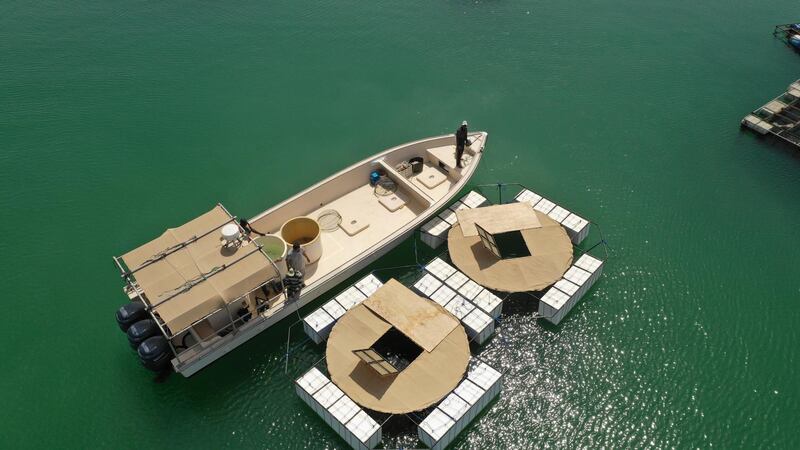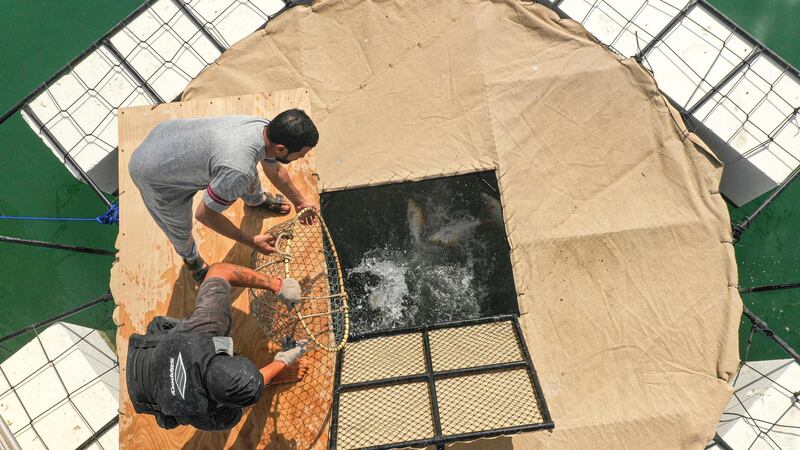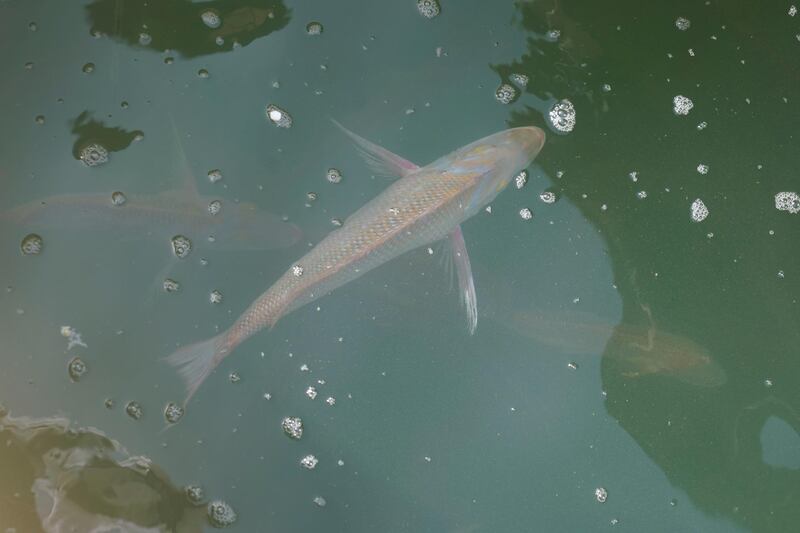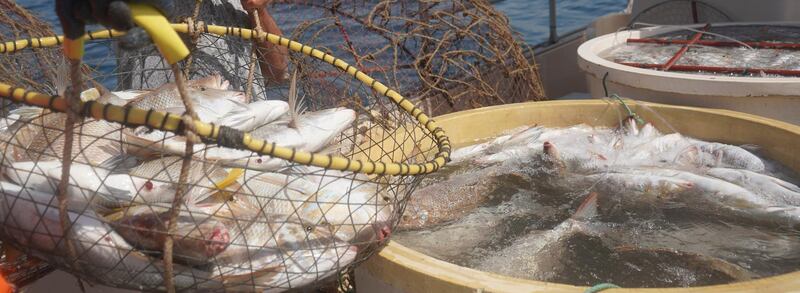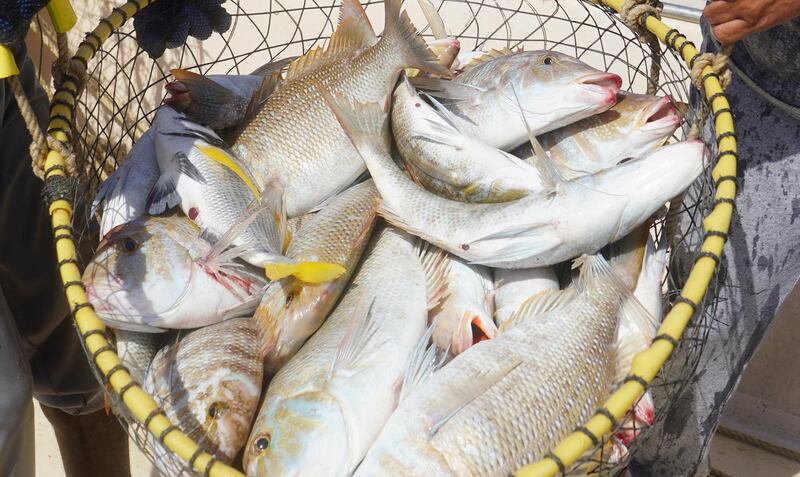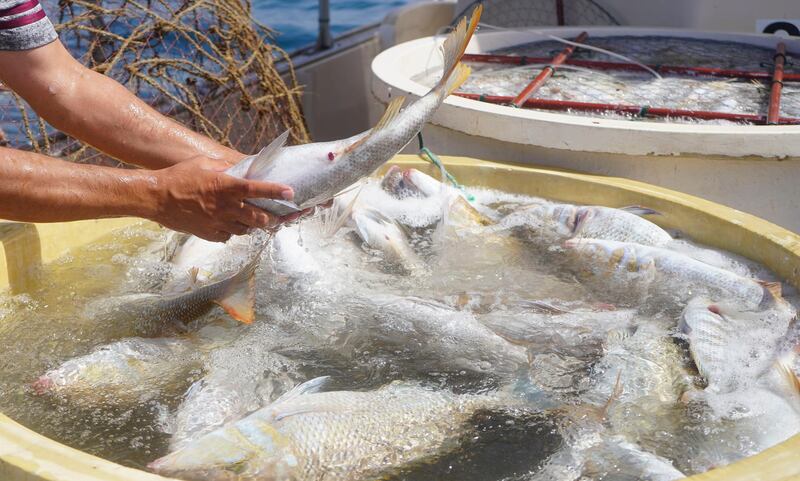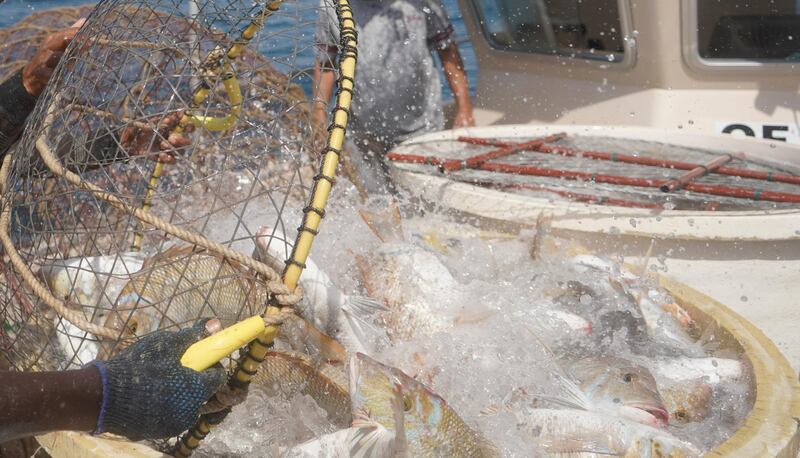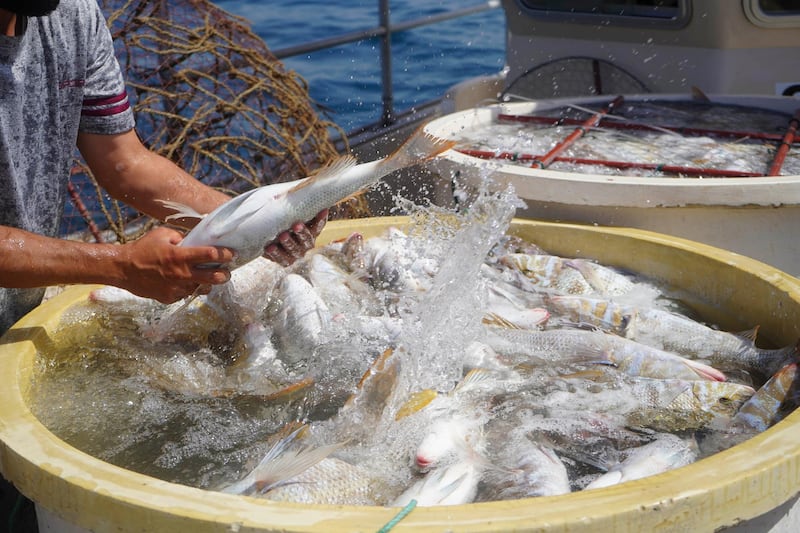A fish-breeding project in the UAE has helped boost stocks of popular hammour, sheri and Safi by about 80 per cent.
The hatchery project, set up in Umm Al Quwain creek, seeks to breed endangered species that are commercially popular but have been drastically overfished.
Stocks of species such as hammour and sheri have declined by more than 85 per cent, according to a study by the Environment Agency Abu Dhabi last year.
Two cylindrical cages, three metres in diameter and 3.6m tall, were filled with hundreds of wild-caught mature fish of breeding age in February.
UAE fish breeding project boosts popular local breeds
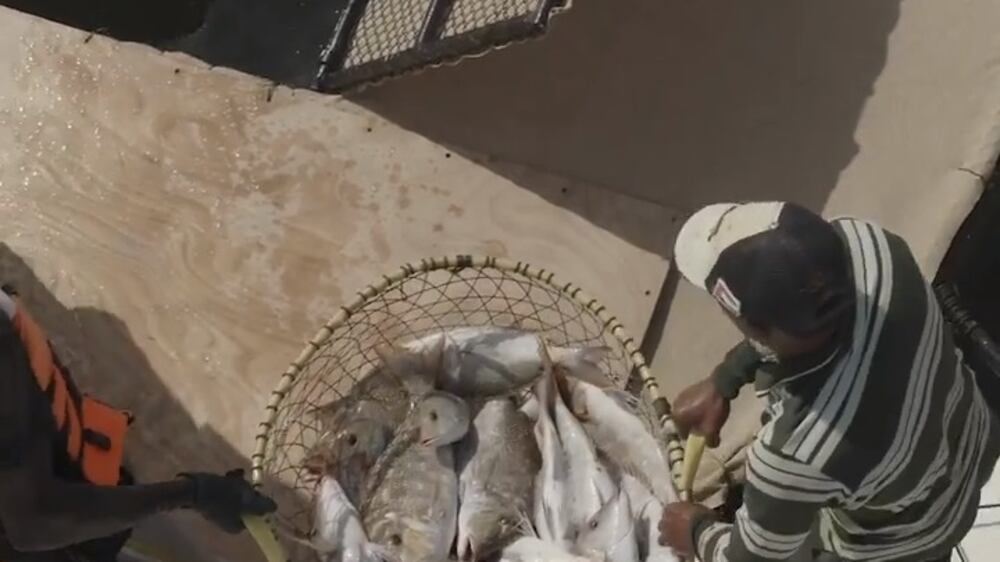
Breeding season begins in July but researchers moved the fish over early to give them time to acclimatise to their new environment.
They were released into the Creek after the breeding season ended.
The cages provide shelter from predators and help protect the eggs from natural threats to ultimately improve hatch rates.
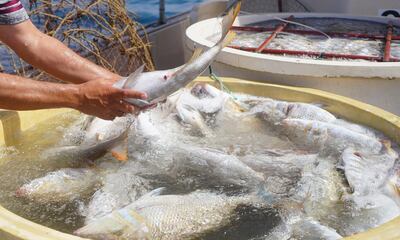
Variations of sheri (emperor fish), safi (rabbit fish), gabit (goldlined sea bream), badh (longtail silver-biddy), hammour (orange-spotted grouper), jash (trevally) and zeridy were bred under the programme.
It was managed by the Ministry of Climate Change and Environment in collaboration with the emirate’s Department of Economic Development and Umm Al Quwain Co-operative Society for Fishermen.
Ahmed Alzabi, director of the Marine Environment Research Centres Department at the Ministry, said eliminating the external stressors found in open marine ecosystems, including fishing and predation, during spawning season helped improve hatch rates.
“The cages held 300 broodstock of Arabian sheri fish with a male-to-female ratio of 1:2,” he said.
“By the end of the three-month spawning season, the hatch rate improved noticeably, exceeding 80 per cent.”
Mr Alzabi said the site in the creek was carefully chosen to have the best conditions for fish to spawn. Factors including current patterns and depth were studied and the creek was ultimately selected because it is surrounded by a green mangrove forest that can easily support aquatic life.
“Prior to launching the project, we conducted extensive research to confirm that placing the cage nets in Umm Al Quwain Creek would not disturb the existing ecosystem,” he said.
“Building on the success of the project, we will continue with other fish species.”
The project is part of the Ministry’s wider goal of rehabilitating marine life. It is also working on cultivating coral reefs and mangroves, installing artificial caves to promote fish breeding and building tidal pools.
UAE hatcheries produce about 35 million fingerlings, or juvenile fish, each year.
Sheikh Khalifa Marine Research Centre in Umm Al Quwain produces 30 million fish fingerlings per year while the Aquaculture and Marine Studies Centre at Abu Al Abyad island in Abu Dhabi produces five million.
